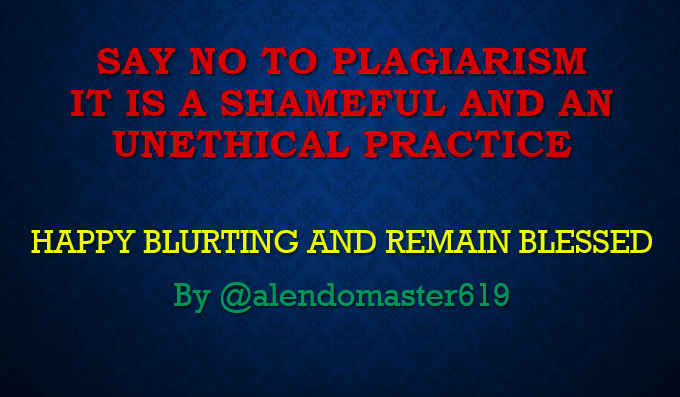
PLAGIARISM AND CONTENT STEALING
Assalamu Alaykum, Hello and warm greetings to every Blurtians out there, hope you are doing good?. I hope so. Happy blurting to everyone and remain blessed.
Today I will be discussing a very important topic and matter that every bloggers and blogging platform must be aware of in order to be unique, respected and accorded high reputation in the society.
But before I proceed, I would like to sincerely thank the Blurt platform team and @endplagiarism for realizing the need to enlighten the Blurt users on why they should stay away from plagiarism and fight against it. Likewise, I would also like to thank the Blurt team for bringing out this honorable contest for every member to participate in it and understand the bad side of this fraudulent act called PLAGIARISM.
Now in order not to waste our precious resourceful time, let us progress to what is meant by Plagiarism
When we heard the word plagiarism, what comes to our mind guys? , well, that is why we are here.
Plagiarism in literal meaning means fraud or stealing or it can simply be defined as an act of painting or showcasing yourself to the society that you have accomplished an incredible feat or achievement but in the real sense you have rendered little or no effort in order to arrive at such an achievement, you simply capitalize and took advantage of someone else behind the scene.
On the other hand, a Plagiarist is someone who engages in plagiarism while the work done by a plagiarist is referred to as Plagiarism.
However, in research and academic settings, plagiarism means copy-pasting or stealing someone else’s write-up or research content and claiming it as your own without giving proper reference, citation or regard to the original author of such content.
This attitude is deceitful and unwelcomed in academic or any research settings because it is a cheat and ungratefulness to the original content creator who has spent his effort, stress, consultations, travellings, sleepless nights, financial resources and other activities in order to reach the bottom line of his/hers research be it degree project, thesis, desertation, blogging posts, news report or whatever research it might be.
Looking at all this tedious exercises and challenges being faced by a researcher, for someone to just come out of no where to take credit for such an uneasy job is simply shameful, unethical and immoral and as such every reputable person and well-informed blogger should try as much as possible not to indulge in such an attitude and behaviour.
As we all know that in nature, nothing happens without reasons and underlying causes, the same thing applies to plagiarism.

At this juncture let’s look at some common causes of plagiarism
CAUSES OF PLAGIARISM
Plagiarism is a usual and a very common attitude noticed among not well-tutored and half-baked students both in undergraduate and post graduate studies which should be frowned at and should not be tolerated by the concerning authorities and to whom it may concern.
However, getting involve in plagiarism can be intentional and sometimes it can be unintentional.
It is intentional if the researcher went ahead to copy-paste the original author’s content with no proper citation so as to avoid stress while it can be unintentional if the researcher write out his contents naturally but fails to run a plagiarism check on his work before posting it or submitting it for publication.
Even in natural and original contents there exist what is known as similarity index at times in which your work can be similar to someone else work and that is why you need to run a plagiarism check after completing your work so that you can rectify areas that are similar to other people’s work to avoid being labelled a PLAGIARIST.
As a result of this, failure to run a plagiarism check on a completed task or a manuscript is as bad as plagiarism itself.
The most common causes of plagiarism are as follows:
1- Laziness of the researcher
Some researchers such as bloggers, students, or even publishers are just so indolent that they would like to harvest where they don’t sow seeds by engaging in direct copying and dubbing of someone else hard-earned project with no proper sourcing of the work to the readers. Some even transgress the limit by by paying other researchers to get the job done for them which is also bad.
2- Inadequate training or tutoring of the researcher
Some researchers which are required to write a particular project are not well-equipped with the basic knowledge of the field of study they are working on or even lack the needed resources to arrive at a successful research work which later lead some of them to get involved in plagiarism.
3- Improper citation and sourcing
Some researchers be it bloggers or publishers fail to make proper citation and references to the work of other authors used in the course of their research and this would make them look like a plagiarist to their readers and the community at large.
So it is advisable that any non-original word or copied texts or images should be properly sourced to avoid being tagged PLAGIARIST.
4- Lack of knowledge on plagiarism and how to avoid it is also one of the major causes of plagiarism
5- Failure to run a plagiarism check on an original content after its completion
Due to similarity index factor sometimes a natural and originally written content might contains some phrases which are similar to the previously posted words and as such a well-informed blogger should always check out for this before posting anything to the platform because failure to do that can make the researcher look like a plagiarist even if he/she has no intention of doing such.
Like I said earlier above, failure to run a plagiarism check on your completed work is the same thing as you are in indulging in plagiarism.
These are the most common causes of plagiarism, knowing them would go a long way in helping you to stay away from it.
Now let us move to the major consequences of plagiarism.

CONSEQUENCES OF ENGAGING IN PLAGIARISM
There are many bad consequences of engaging in plagiarism but the most common ones are the following:
1- It brings bad reputation to the person involved
2- Tarnishing the image and reputation of the community or platform that houses the plagiarized content.
3- The plagiarist could end up being prosecuted by the original author and face legal sanctions which may eventually land him/her in jail.
4- Distrust and doubts in the mind of readers and followers against the plagiarist future posts even if it were to be original due to the previously damaged reputation.
5-Delay and elongation of the research duration as the supervisor would not welcome a plagiarized content thereby causing delay in the research work
6-The plagiarist may end up being enlisted to the coal list and being muted from posting and also maybe publicly declared a plagiarist to the platform users which may eventually damage his integrity.
HOW TO DETECT A PLAGIARIZED CONTENT
There are many methods to spot a plagiarized content depending on the research type though I would emphasize on online plagiarism detection since BLURT is a blogging platform that frowns at plagiarism.
Let us talk a little first, on how to detect and prevent plagiarism in higher institution of learning research before going to online blogging plagiarism issues.
A research supervisor could simply check the major books related to the field of study in question and also can ask the researcher to properly cite the sources of his work including the page number, author’s name and date of publication with appropriate references.
That is the simple way of getting rid of plagiarism in offline researches, projects and thesis.
Now let us proceed to online plagiarism detection, you see online plagiarism is somehow laughable and funny in that to steal a content online is very easy and to spot the stolen content is as well easy.
In a nutshell, there are many available software programs and online tools that are readily available to detect plagiarism of which the most common ones are:
1- Turnitin Software
2- Grammarly online plagiarism checker
3- Smallseotools plagiarism checker
4- Papertest plagiarism checker
5- Chegg plagiarism checker
Based on my experience with plagiarism checks Turnitin software seems to be most recognized and regarded as more effective in checking out for plagiarism among many researchers and as such it is a paid software in which you have to pay for its services and it can be purchased online.
Fortunately, not all online checking tools are paid types, some are of mixed services which means both free and paid together but the free service will come with limited privilege such as smallseotools and papertest checker and for you to enjoy the full privilege you have to pay for it.
Lastly some tools come with free trial duration and after the expiration of the duration, they will stop their service until you pay for it.
Now, let’s go to the practical aspect of detecting a plagiarized content. If you spot a text online and you suspect it was plagiarized just copy the text and paste in the plagiarism checker box or you can simply upload the content if it is in a file format and then run the plagiarism check on it.
Wait for the plagiarism checker program to process the content and after a while it will display to you to see if the text was stolen or not and also it will give you the details and the percentage of plagiarized content in it, if it were to be plagiarized.
For us to understand better I am going to use Smallseotools checker’s screenshot as a case example for proper interaction
(All Screenshots taken with my HP 650 Notebook Device)
To check out for plagiarism using Smallseotools make sure you follow the steps below one after the other
Step 1: Visit the site Smallseotools
It will reveal the website page like this image below

This is the front page plagiarism checker of the site, luckily you can check for plagiarized content directly without registering
Step 2: Scroll downward, till you locate the plagiarism checker box
See the image below

Step 3: Paste the text you wished to run the plagiarism check about

Step 4: Scroll down to where the Captcha box located and solve it correctly
Step 5: Click on Check Plagiarism as it shown in the image below to allow for the program to check out for plagiarism
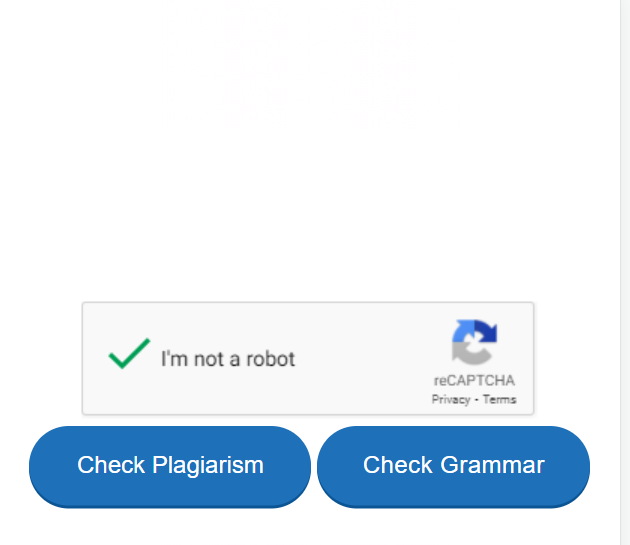
Step 6: A pop-up will be shown below indicating whether plagiarism is found or not, as indicated by the image below

Looking at the image above you will find out that plagiarism is found in the post almost half is plagiarized.

The image shows the sources from which the contents were copied and as such, they were not original, so that is how to detect a copied content using this software.
I will show you another image that reveals a unique content. The content is the first paragraph of this particular post which I just checked out now.

Likewise, look at the image below there is no sources or links to show it was stolen
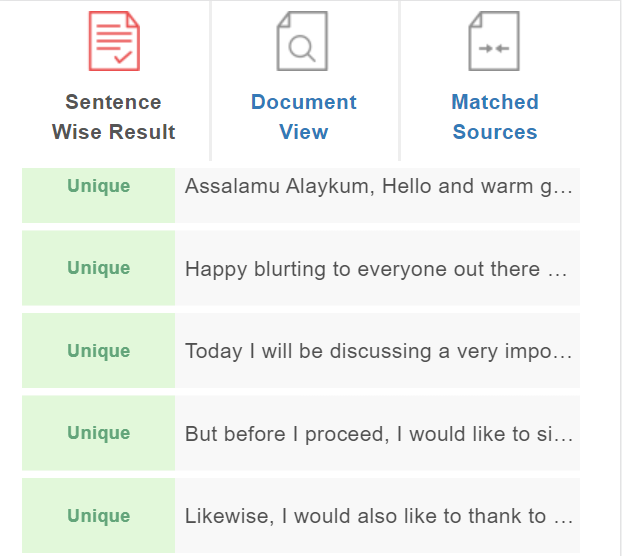
Lastly, another way to checkout if a content is original is the manual use of google dorks, if you suspect a text was copied just introduce a quotation mark to the start and end of the text and paste into google search box, if it was plagiarized, google will provide you with the links of the original source.
So that is how to differentiate between an original and a copied content. I hope this illustrations help you to understand more about plagiarism.
Now we know many information could be plagiarized such as texts, videos and even images.
We are done with text plagiarism detection let us move to videos and images
As for videos it can be easily detected by watching it, searching it on search engines or finding out on major video platforms such youtube, dtube and the rest.
But do we know that images as well can be plagiarized?, yes it can and it even seems to be more disastrous than text plagiarism because most images online are backed-up by copy right laws. Images plagiarism seems difficult to be detected but there is always a way at the end of the tunnel
HOW TO DETECT A PLAGIARIZED IMAGE
Image plagiarism can be found using a software program called DUPLICHECKER. The duplichecker is a software that works on the principle of Reverse Image Search (RIS) on a website and also contain a collection of search engines for image search online, among those search engines is the Google Reverse Image Search (GRIS) which happens to be the most popular and trusted search engine found in Duplichecker.
Google reverse image search is such an incredible tool that fishes out image plagiarism because it contains the largest database of images shared online.
I would recommend this tool to anyone that wishes to find out about suspected images found shared online with no proper citation and source.
Steps to be taken in order to Detect a plagiarized Image Online
Step 1: Download the suspected image or copy its Url code

Step 2: Visit the Duplichecker website in order to upload the image file
As you visit the site you will see the image below


Step 3: Click on upload (the area circled green above) to upload the suspected image file
Step 4: Click on Search Similar Image (Circled Yellow Above) so you can that you can get many search engines that provides the Reverse Image Search feature
After clicking on Search Similar Images, you would get the image below

Step 5: Choose the Google research image search among the available options being the most reliable and popular among all
Step 6: After clicking it, it would load and reveal the search result. Check out for the duplicate of the image both in size and similar features. Image size alone is not sufficient as image can be cropped and edited, so similar pattern of the image is highly essential.
When I checked out the image, nothing was revealed because I designed it myself. This was what I got which does not match the image I uploaded
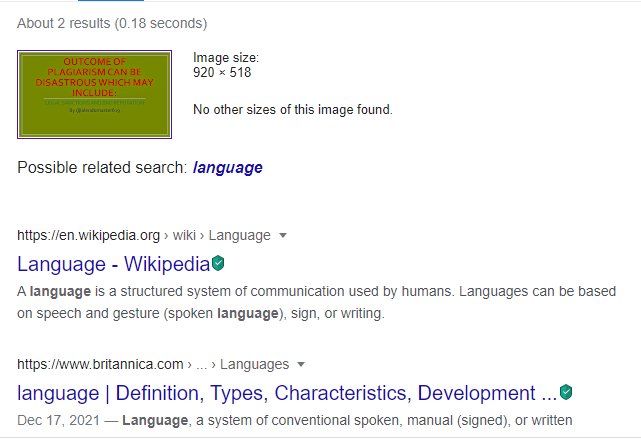
You can as well proceed further below to check out the other images listed below the page.

Step 7: watch out for the duplicate among the revealed images, if no duplicate is found, then the image is original but if you find any duplicate matching the searched image in patterns then the image is not original and was copied somewhere online.
HOW TO AVOID PLAGIARISM
There are a lot of ways to avoid plagiarism, part of it are the following:
1- Having a sound knowledge of what PLAGIARISM is all about.
2- Be original and natural in your write-ups and posts, as this can help your work to be 90% plagiarism-free. A lot of researchers bear witness to this.
3- Reflect your thoughts and ideas in your work and not the ideas of other people
4- Make use of proper citations and indicate the sources of non-original words to avoid bad reputation.
5- Always run plagiarism check on your work before posting and publishing
Now, we need to know about proper referencing and sourcing as it is the one of the most important factor in avoiding plagiarism. Under the use of online references and sourcing, we have three essential parameters which are:
Citation, Quotation and Paraphrasing.
Let’s take them one after the other.
CITATION
It simply means indicating the copied or non-original words in your posts, the way it was without any alterations or changes not even a single letter or word and it must be written within the quotation marks in order to point out that these words were not yours originally and it belong to someone else by so doing, you are avoiding plagiarism and you are also giving credit and ultimate respect to the original author.
Any changes or manipulations to the real author’s words is regarded fraud and stealing, therefore citation must done accurately and carefully. Also, it is highly necessary to source a citation with a link especially online posts so as to serve as a reference point to the readers and also to understand more about your posted content.
Citations can be done online by applying citation markdown codes for texts, images, videos and others.
The markdown signs which are used are square bracket [ ] and normal bracket ( ), note the difference between the two brackets.
Take for instance you found a text on internet and you like to source it then follow the steps below accordingly:
Step 1: Open the website where the content is located
Step 2: Copy the required text
Step 3: Paste the text to the posting box of the blogging site or publishing site
Step 4: Add Quotation marks to the front and back of the copied text to avoid plagiarism
Step 5: Immediately add open and close square bracket after the Quotation mark and write the word Source inside that bracket
Step 6: Go to the Url address bar of your browser and copy the link of the website where you copied the text and make sure the text you copied can be viewed through that link.
Step 7: Introduce the normal open and close bracket immediate after the closed square without leaving any space between them and paste the copied link inside it.
Step 8: You will noticed the word Source being highlighted with bold font in the markdown interpreter box.
By doing all these, you have successfully source out the text in your post, simple as ABC
Below is the Pictorial Illustration of the above Steps
Step 1:
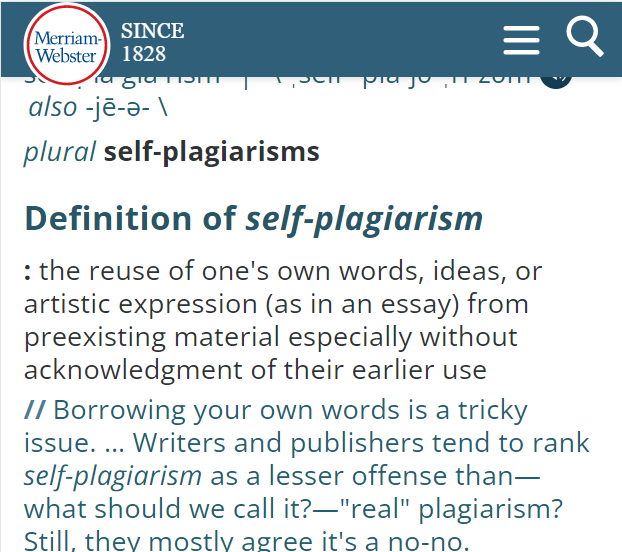
Step 2:

Step 3:

Step 4:

Step 5:
Step 6:
Step 7:
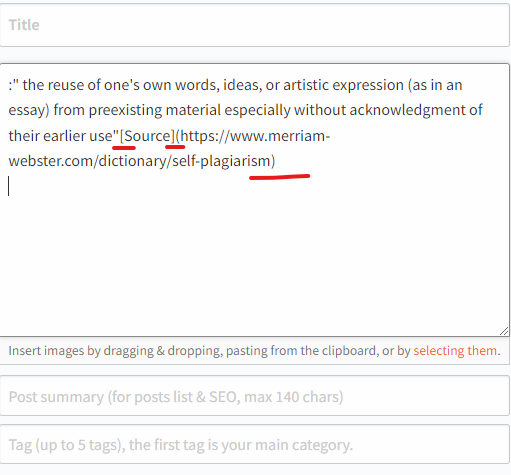
Step 8:

Let’s source out some plagiarism related terms such as Self Plagiarism and Cross Posting definition according to some authors online as a case example:
1- Self-plagiarism: “the reuse of one's own words, ideas, or artistic expression (as in an essay) from preexisting material especially without acknowledgment of their earlier use”Source
2- Cross-posting: “The posting of a message, link, image, etc. to more than one online location.”Source
As for Image citation, it is exactly the same way you source a text with little or no different patterns
HOW TO PROPERLY SOURCE AN IMAGE ONLINE
To properly source an image, follow these steps below:
Step 1: Open a website and download the required image to your device
Step 2: Upload the downloaded image from your device to the post box by clicking on selecting them icon below the post box
Step 3: Press the Enter key in order to move the cursor down to avoid tampering with the image codes while sourcing.
Step 4: Introduce the open and close square bracket [ ] and write Image Source inside it like this [Image Source]
Step 5: Go back to the address bar of your browser and copy the web-link of the downloaded image there
Step 6: Introduce the open and close normal bracket ( ) immediately after the previously written square bracket without any space, leaving a space before the normal bracket would not allow your image to be sourced properly.
Step 7: Paste the copied link inside the normal bracket
Step 8: Make sure you noticed the difference between the first and the second bracket, as the square bracket [ ] comes before the normal bracket ( ) and not the other way round.
Step 9: Look at the markdown interpreter box you should see something like Image Source written in bold under your image.
After seeing that, you have successfully sourced your image but if not then check out the steps again you may have probably made an error somewhere.
Below is the Pictorial Illustration of the above steps
Step 1:

Step 2:

Step 3:

Step 4 :
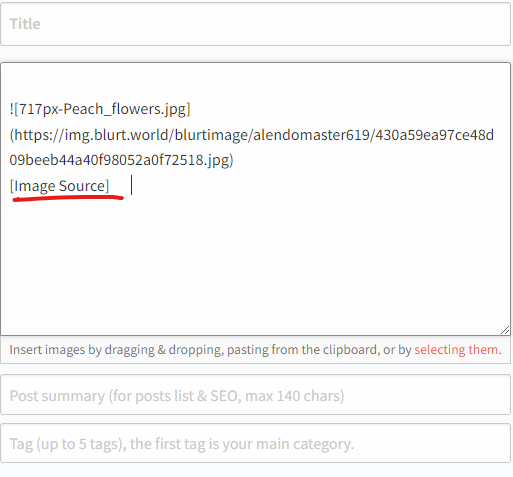
Step 5:

Step 6:

Step 7:
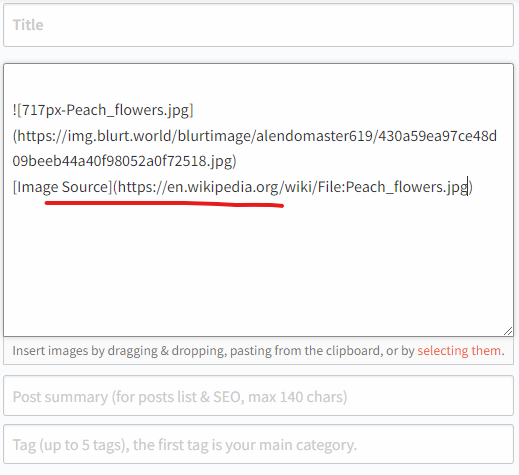
Step 8:
Step 9:
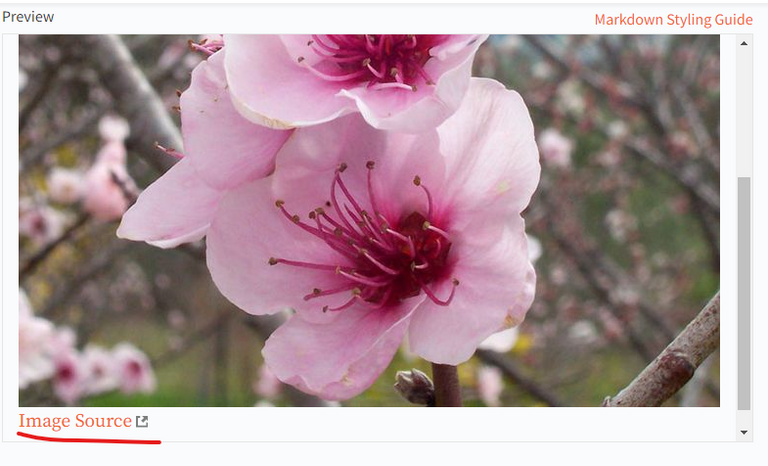
You can check some of the Cited Images above for an example.
Now that we have known how to successfully source a text and an image online, let’s check out some rules that guides citations which are as follows:
1- Always make sure you don’t cite from a single source, make sure you cite from multiple sources
2- Make sure the citations in your post is not more than 30% of your total post content because exceeding more than that will make your work not to look unique and respected.
3- If you noticed that your post is having too much quotations, you can paraphrase depending on the rules of the platform but make sure you cite and give credit to the original source as well though some platforms and some research supervisors do not accept paraphrasing.
These citations rules should be followed properly in order to make your post unique and original to your readers and followers.
QUOTATION
Quotation is very easy, it is simply the application of quotation mark on the starting and ending part of a copied author’s words while making references and citations so as to reveal that those words were not yours and it belong to another author by doing that you are avoiding stealing of those words and also you are giving credit to the original author and acknowledging his/her hard work.
Take for instance:
Author A said: Charles goes to school everyday
If Author B wants to use it in his/her write-up or post, he/she must apply quotation marks because the sentence originally belongs to Author A .
So now, it will be written this way by Author B
“Charles goes to school everyday” so quotation mark is now added, simple as ABC.
Also, there is a markdown sign known as Blockquote (>) which can also be used to highlight copied sentences together with the use of quotation mark so as to make it clear enough that it was referenced to another author.
Take for instance, in Physics there is Newton first law of motion which says:
“Newton’s first law states that if a body is at rest or moving at a constant speed in a straight line, it will remain at rest or keep moving in a straight line at constant speed unless it is acted upon by a force.”Source said by Isaac Newton.
You can decide to highlight these quoted words by using “>” sign known as Blockquote so as to clarify yourself more than enough that the quoted words is not yours and you are also giving credit to the original author which is Isaac Newton.
After introducing the > sign the quoted words will look like this:
“Newton’s first law states that if a body is at rest or moving at a constant speed in a straight line, it will remain at rest or keep moving in a straight line at constant speed unless it is acted upon by a force.”Source
―Isaac Newton
By doing this, you have properly quoted the words.
Lastly, never forget to cite a link after quotation for proper citation and reference purposes.
Quotation without good citation is not good enough and could make your post look plagiarized to your readers.
PARAPHRASING
It simply means the act of avoiding direct usage of the original author’s word thereby making some alteration and changes to it but it must still reflect the original author’s ideas and thoughts though with no quotation mark this time around but it must be cited with the link to the original author’s words.
It is sometimes used in write-ups and posts when the author has already quoted a lot of words in his work in order to avoid flooding with quotation marks. Failure to add proper citation to a paraphrased sentence is regarded unethical and a bad practice. Therefore, it must be cited to the original source and a link should be included as well to make it look ethical and reputable.
The use of paraphrasing is not accepted by some authorities and platforms while it is welcomed by other people.
CONCLUSION
In conclusion, plagiarism is a fraud and an unprofessional practice which should be completely condemned at all levels and it can be avoided with the application of proper citations and I really advice every Blurtians and researchers not to indulge in it and should rather choose to be original and natural in creating their content.
I would also like to assist the Blurt platform in fighting against plagiarism by pointing out plagiarized contents that comes across my way.
Thank you very much for taking out of your golden resourceful time to go through this lengthy post.
I am also using this medium to invite @vectorshore and @nabeeel to come and join this honorable contest.
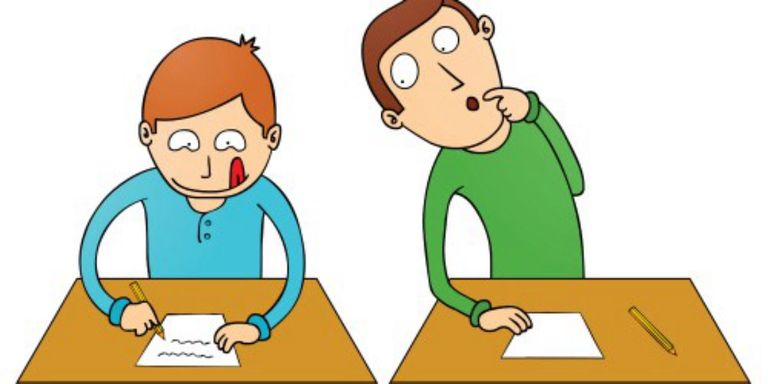

Quite long. Infact, pretty lengthy but covers a lot. I think you should have made this post into different series. Would help for a better understanding.
Great work still.
Thank you very much dear,
I tried not to left anything out because it was a contest and not an ordinary post but I would try to make it little post next time
Really appreciate the remarks
Congratulations!! Your post meets all necessary requirements and has been curated by @blurtbooks, a revolutionary publishing platform seeking to bring authoring and publishing closer to the cryptoverse.
You can delegate any amount of Blurt Power to @blurtbooks and receive monthly payouts in BlurtBooks token (BBK).
Buy BlurtBooks token here:
https://hive-engine.com/?p=market&t=BBK
Thank you very much dear, will try to do that soon
Really appreciate your support
Wow. Very educational. Thank you for sharing these with us.
Thank you very much dear
appreciate your support
Yes sure
Thank you very much bro
Also, keep in touch with Blurtconnect-ng family on Telegram and Whatsapp
Thank you dear
really appreciated
Congratulations, your post has been upvoted by @r2cornell, which is the curating account for @R2cornell's Discord Community.
Very well done! Very descriptive and showcase of the issues are very well organized. Absolutely loved it all!
I hope this makes the trending page!
Thank you very much @yayogerardo , really appreciate your comments